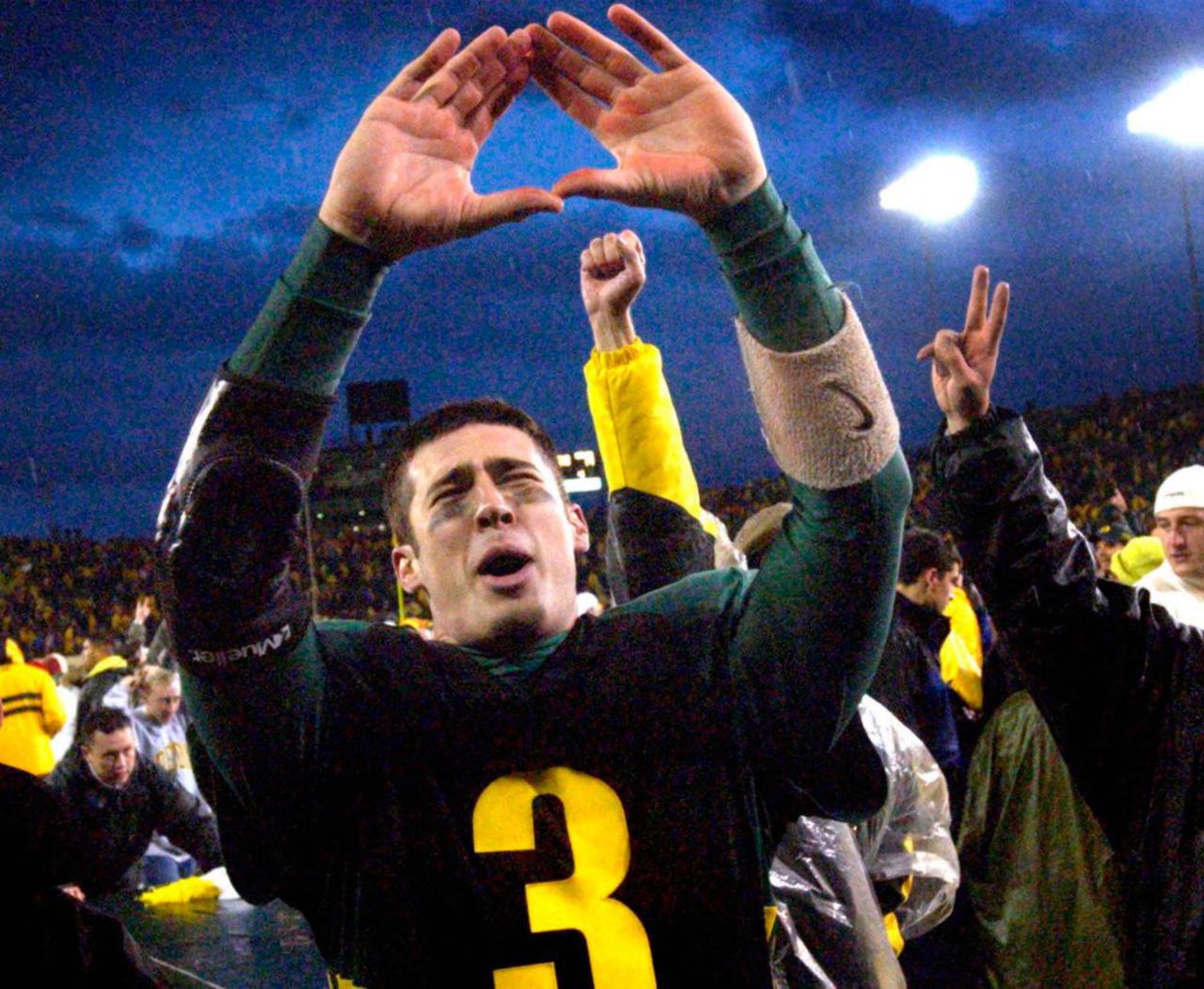
The transfer portal is many things for modern college basketball: a lifeline for underused talent, a headache for coaching staff, and a compass that often points to previously overlooked talent pools. For Oregon Ducks head coach Dana Altman, it’s become a proving ground where his veteran eye for development and fit has found gems often tucked away in unfamiliar places.
That philosophy took another intriguing turn this offseason as the Ducks landed Howard University forward Miles Stewart. While the commitment may have flown under the radar nationally, it still speaks volumes about how Altman continues to evolve his roaster-building blueprint. From high school gyms located deep in the South to colleges on the East Coast, there is no boundary that the Ducks are not willing to cross in their search for the right piece.
And while Stewart may not arrive with the pedigree of a blue-blood transfer, his commitment is another signal that Dana Altman is playing a different kind of game. His overall approach to the game and scouting in general is not centered around headlines, but rather harmony—one where projection, not profile, dictates potential.
An Outlier Path That’s Becoming the New Normal
Miles Stewart’s path to Eugene is not the type of transfer story that grabs attention in the first wave of the usual portal chaos. The young forward did not come from a Power Five bench or exit a March Madness star with headline-making buzz. Stewart’s game grew in the MEAC, far from the bright lights of national television, but close to the roots of real development.
At Howard, Stewart quietly developed into a versatile and dependable forward, averaging 11.4 points and 6.2 rebounds while shooting efficiently from the field and flashing the kind of athletic tools that translate beyond the box score. Stewart was not just filling minutes; he was forming an identity.
And that is precisely what caught the attention of Dana Altman. In its entirety, Stewart was a player with untapped layers. Not only a system fit but also a culture builder. In an era where flash often wins the transfer cycle, Oregon once again decided to settle for fit.
Stretching the Map and the System
Altman has never stuck to a geographic mold. Whether it’s landing Dillon Brooks and Chris Boucher from Canada, Joseph Young from Houston, or assembling international rotations that resemble FIBA rosters more than Big Ten lineups, Altman has long-time embraced eclecticism. However, Stewart’s commitment represents something broader: a growing East Coast pipeline that is beginning to feel like a deliberate recruiting vector, rather than a one-off.
When Oregon reeled in Mookie Cook and Kwame Evans, both from the DMV area, it signaled the team’s willingness to expand its footprint beyond traditional Big Ten borders. With Stewart, that reach now dips into HBCU territory, a move that not only diversifies the Ducks’ talent base but also positions Oregon as a program unafraid to go where others will not.
From the look of things, this is a smart bet. HBCUs are producing more high-level talent than ever before, and Stewart is part of a new generation proving those conference boundaries are paper-thin when it comes to potential.
What Miles Stewart Brings Right Away
From a basketball standpoint, Stewart immediately provides Oregon with something the team has lacked in recent years: a true hybrid forward with length, athleticism, and an edge on the glass. At 6’7 “and 215 pounds, Stewart thrives in transition, defends across multiple positions, and brings the type of physicality that often goes unseen in efficiency metrics but frequently shapes the outcome in high-stakes moments.
His role at Oregon will not necessarily be to drop 20 points every night. It will be to shift the energy. To provide switchable defense, attack the boards with purpose, and hit enough open shots to keep defenses honest. And most importantly, to do the heavy lifting, the screens, the drives, and recoveries, which often define Oregon’s best teams. Stewart will serve as the glue guy with an edge. And in a system like Altman’s, that might be the most valuable archetype of all.
The Altman Effect: Development Over Stardom
Miles Stewart is the type of player who will easily thrive under Dana Altman because he does not need to be spoon-fed touches to stay involved. For a long time, that has been the secret sauce of Altman’s player development. He gives players a role, refines their tools, and then lets them blossom into stars, often when no one else sees it coming.
Think of Chris Duarte, who went from JUCO to an NBA lottery pick. Or Jordan Bell, a lightly recruited big man who ultimately turned into one of the top defenders in the history of the program. The connective thread is not hype; it’s system understanding, a willingness to evolve, and buying into what the Ducks ask of the player.
As things stand, the path is already clear for Stewart. His physical tools are real, and his defensive instincts are solid. And with Altman’s guidance, the odds are significantly higher than before that his game will expand in ways that were not possible in the MEAC.
A Subtle Culture Reset
What makes this addition even more compelling is that it fits perfectly into the larger thematic rebuild that Oregon is currently undergoing. The last few seasons, while not disastrous, have fallen short of the program’s once annual expectation of deep tournament runs and conference contention. Roster turnover, injuries, and the unforgiving gauntlet of the Big Ten have all played their part.
But more subtly, Oregon had begun to lose some of the identity that made it a force to reckon with in the early 2010s: the length, switch ability, and the effort on every possession mentality. While Stewart does not get to fix all these things on his own, he is a crucial piece in the foundation.
Adding Stewart is not just about the box score. It’s about re-establishing an ethos, a toughness, and a willingness to do the unseen work. And players like him, unheralded but hungry, often tend to set that tone in the locker room.
Conclusion
Miles Stewart’s transfer to Oregon is not expected to make headlines. It’s not going to shoot the Ducks up the offseason power rankings. But that does not mean that it is not a significant move. Quite the opposite; it is the type of subtle, strategic addition that often ends up defining how a season will unfold.
For Stewart, it’s a chance to test himself at the highest level. To prove that talent knows no region or locale, and to show that the journey from HBCU courts to Big Ten arenas is not only feasible but also powerful.
For the Oregon Ducks, this should serve as further evidence that Altman’s map continues to expand. While sports evolve, the Ducks are staying ahead and not chasing after stars. Instead, they have opted to build teams slowly. That being said, Stewart is the latest piece in that puzzle. And if history is of any guidance, Stewart is not going to be the last surprise to make a big impact in Eugene.



